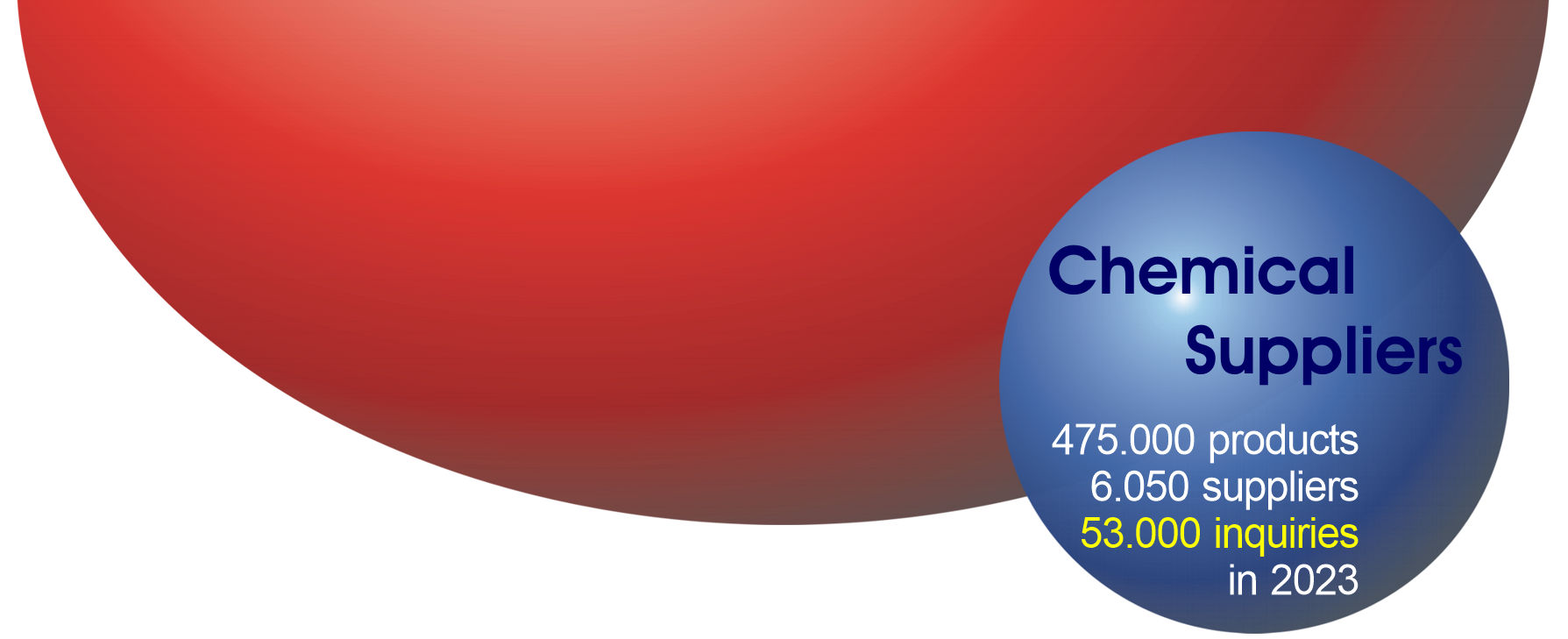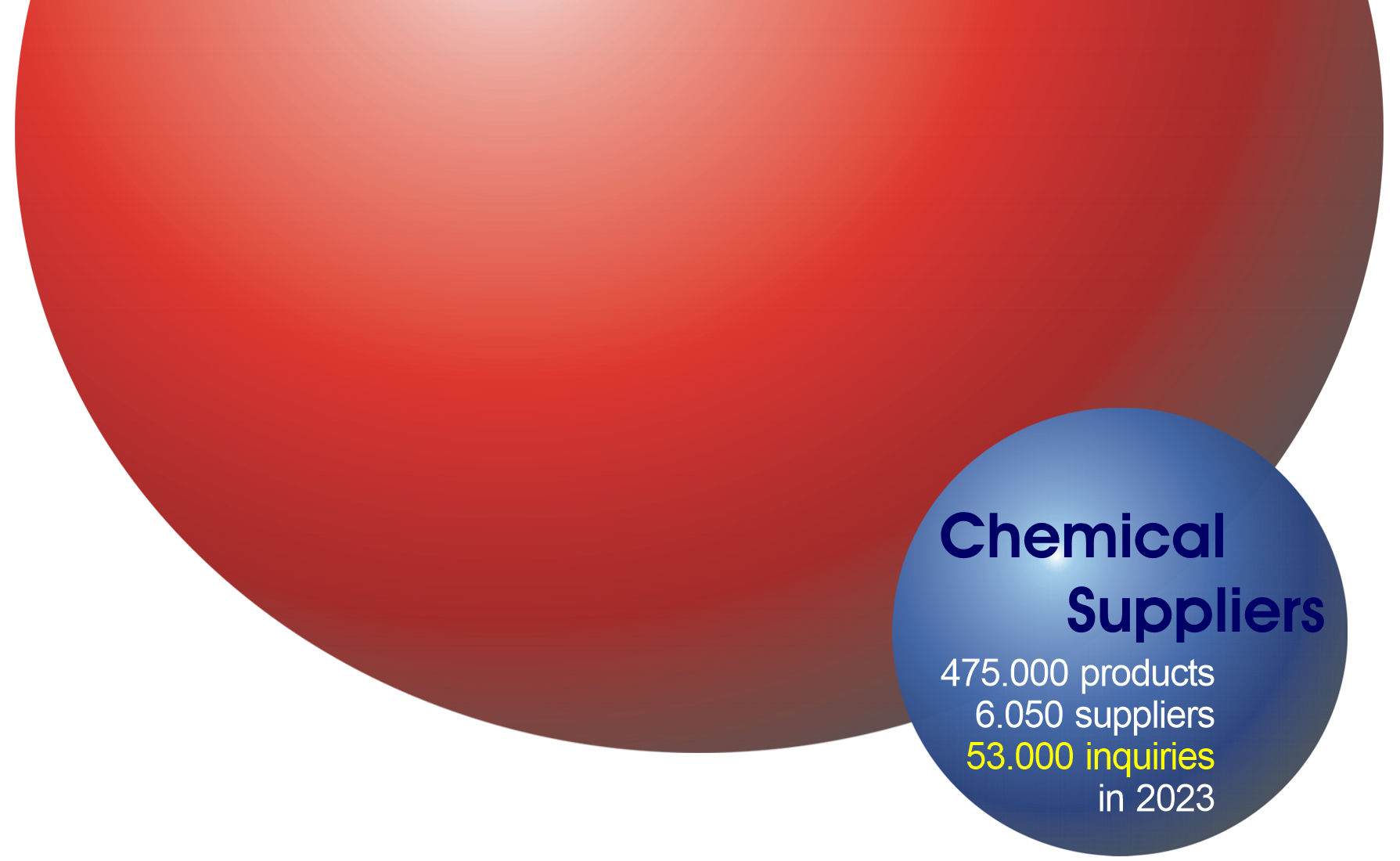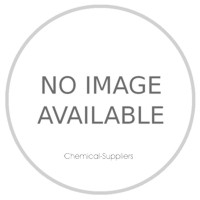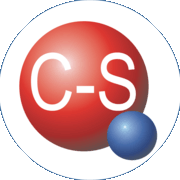x
Safety & Transport Information
A human poison by inhalation. Human systemic effects by inhalation: visual field changes, lachrymation, headache, decreased pulse rate with fall in blood pressure, dermatitis, cough, dyspnea, respiratory stimulation and other pulmonary changes. Experimental teratogenic and reproductive effects. Human mutation data reported. A skin, eye, upper respiratory system, and mucous membrane irritant. Questionable carcinogen with experimental neoplastigenic and tumorigenic data. Can be a safe water disinfectant in low concentration. Concentration of 0.015 ppm of ozone in air produces a barely detectable odor. Concentrations of 1 ppm produce a disagreeable sulfur like odor and may cause headache and irritation of eyes and the upper respiratory tract; symptoms disappear after leaving the exposure.A powerful oxidizing agent. Dangerous chemical reaction with acetylene, alkenes, alkylmetals (e.g., dimethylzinc, diethylzinc), antimony, aromatic compounds (e.g., benzene, aniline), benzene + oxygen + rubber, bromine, charcoal + potassium iodide, citronellic acid, combustible gases (e.g., carbon monoxide, ethylene, nitrogen oxide, ammonia, phosphine), (diallyl methyl carbinol + acetic acid), trans-2,3-dichloro-2-butene, dicyanogen, dienes + oxygen, diethyl ether, 1,1-difluoroethylene, N2O5, ethylene + formyl fluoride, fluoroethylene, liquid hydrogen, hydrogen + oxygen difluoride, hydrogen bromide, hydrogen iodide, 4-hydroxy-4-methyl-1,6-heptadiene, 2,3-hydroxy-2,2,4-trimethyl-3-pentenoic acid lactone, isopropylidene compounds, nitrogen, NO2, NO, nitrogen trichloride, nitrogen triiodide, nitroglycerin, organic liquids, organic matter, oxygen + rubber powder, oxygen fluorides (e.g., dioxygen difluoride, dioxygen trifluoride), silica gel, stibine, tetrafluorohydrazine, tetramethylammonium hydroxide, trifluoroethylene, unsaturated acetals. A severe explosion hazard in liquid form when shocked, exposed to heat or flame, or in concentrated form by chemical reaction with powerful reducing agents. Incompatible with rubber; dinitrogen tetraoxide. See also OZONIDES and PEROXIDES, INORGANIC; PEROXIDES, ORGANIC.
Hazard Symbols:
Dangerous fire and explosion risk in contact with organic materials. Toxic by inhalation, strong irritant. TLV: ceiling of 0.1 ppm; STEL 0.3 ppm. EPA standard for ambient air is 0.12 ppm.
RID/ADR certification :
1956
x
Alternative Distributors of [Ozone]
Producers or manufacturers change the product range from time to time.
The following companies
have appeared as suppliers in the past / currently not verified
BOC Sciences




 Chemical-Suppliers.eu
Chemical-Suppliers.eu